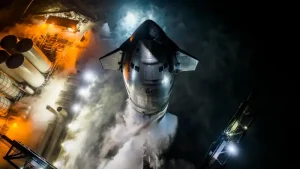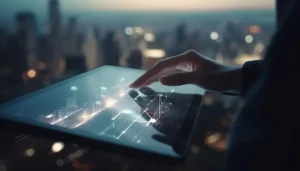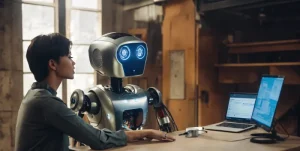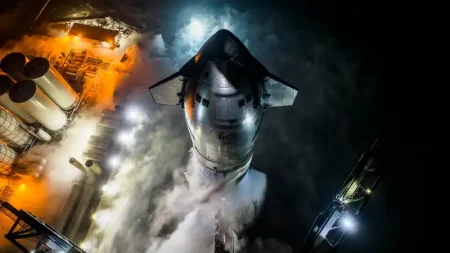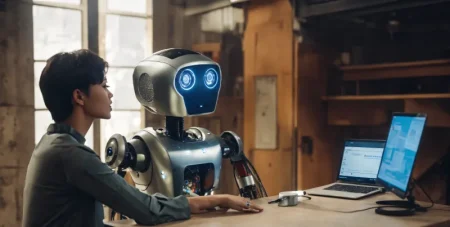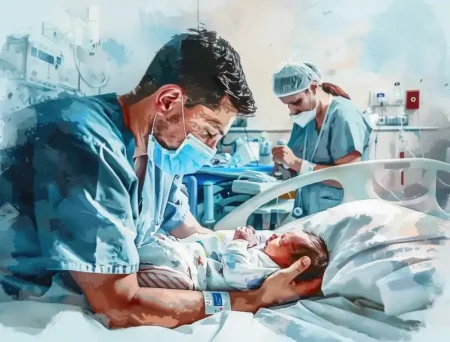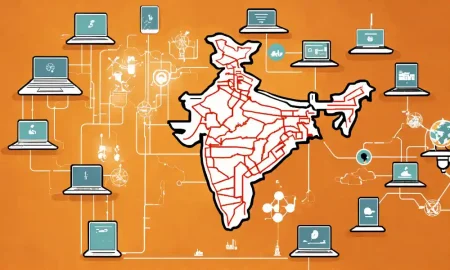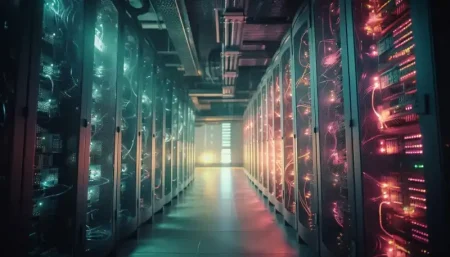The AI surgery robot learned by watching videos and outperformed humans on the operating table, finds Satyen K. Bordoloi
In India, during the 1980s and 1990s, surgery was a significant event. Families went scouting for a surgeon with ‘accha haat’ – a good hand. However, the advent of computer-aided surgery meant that when my father had to undergo knee replacement surgery in 2014, the doctor at GNRC Hospital, Guwahati, assured me that, being computer-assisted, the margin of error was minimal, and he, the surgeon, was primarily there for placing the artificial knee and suturing.
Eleven years later, with AI and robotics added to the mix, surgery has taken such giant leaps that, in a world’s first, an AI surgery robot performed an operation autonomously.
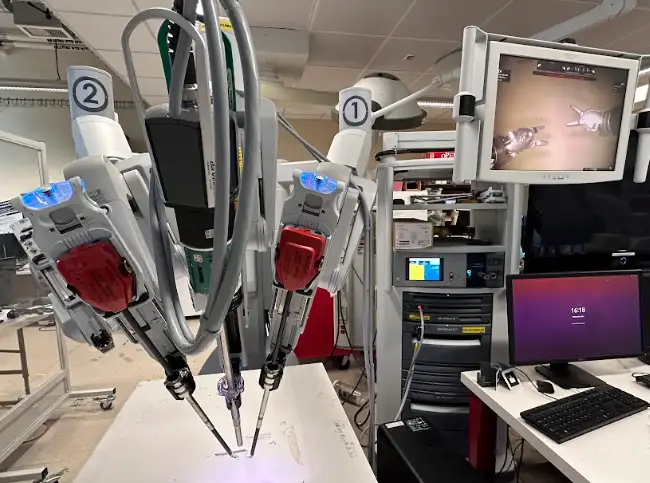
In a windowless laboratory at Johns Hopkins University in early July, a robot arm equipped with AI, wielding surgical tools, delicately navigated through blood vessels and connective tissue to perform the impossible: remove the gallbladder from a pig without human assistance. The instrument was guided not by a surgeon’s steady hand at a console, but by its own artificial intelligence as it identified structures, applied clips, made precise incisions, successfully removed the organ, and sutured the wound.
This has been hailed as “the first realistic surgery by a machine with almost no human intervention.” It is true that the pig was dead, hence motionless. It is still a quantum leap toward a future of autonomous robots and human collaborations in operating rooms worldwide where robots perform surgery all by itself.
A Breakthrough Beyond Remote Control
The current generation of surgical robots, such as the widely adopted da Vinci system, offers surgeons enhanced dexterity and 3D visualisation. Yet, they are no more than sophisticated remote-controlled tools. However, this achievement by medical roboticist Alex Krieger and his team at Johns Hopkins University, christened the Hierarchical Surgical Robot Transformer (SRT-H), operates on a fundamentally different principle: autonomous understanding and execution.
The SRT-H’s intelligence lies in a two-tiered AI architecture inspired by large language model tools, such as ChatGPT. The first layer processes real-time video feed from the endoscope inside the surgical site. Watching this visual stream, it generates plain-language instructions – commands like “clip the second duct” or “grab the gallbladder head.” The second AI layer then translates these commands into the complex, three-dimensional movements required by the robotic arms and instruments.
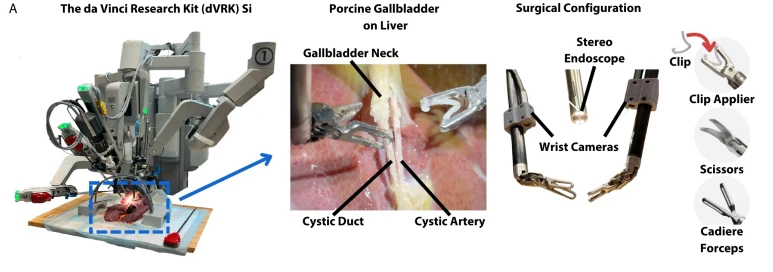
Unlike earlier autonomous robots that relied on pre-programmed paths or specially marked tissues, SRT-H learned its craft by observing human experts. The team fed the system 17 hours of surgical video, meticulously capturing 16,000 individual motions performed by Johns Hopkins surgeons during gallbladder removal operations (cholecystectomies) on pig cadavers. These videos were further enhanced with descriptive captions to reinforce the connection between visual cues and surgical actions for the AI.
This “imitation learning” approach proved remarkably effective. When put to the test, SRT-H successfully performed the complex, 17-step gallbladder removal procedure eight times, achieving a 100% success rate. The robot demonstrated proficiency in critical tasks: identifying ducts and arteries, applying clips in the correct sequence, manipulating delicate tissues, and using scissors to detach the gallbladder. While slightly slower than a human surgeon, the robot’s movements were notably less jerky and followed shorter, more efficient paths between tasks.
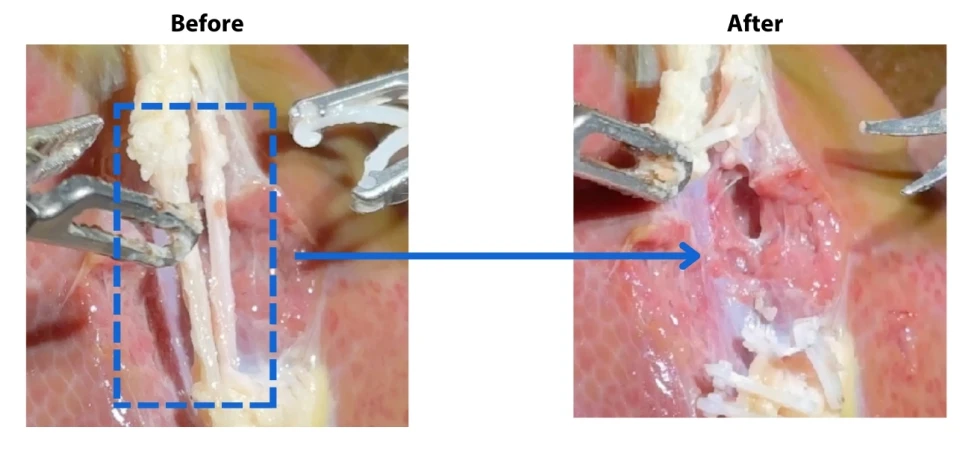
Adaptability and Self-Correction
Perhaps the most significant advancement demonstrated by SRT-H is its ability to adapt. Real surgery is messy and unpredictable. Anatomies vary, unexpected bleedings can occur, and tissues can obscure the view of the target. The Johns Hopkins team rigorously tested the AI robot’s resilience in these. They found that it performed its tasks successfully despite encountering these non-uniform anatomical structures in each of the eight procedures.
Researchers also tested the system by introducing blood-like dyes, which dramatically altered the appearance of the area around the gallbladder and surrounding tissues; yet, the system adjusted its actions correctly. The team also shifted the starting position for each operation relative to the cadaver, only for the system to recalibrate its position and proceed correctly.
The biggest success was that while performing the surgeries, the AI-robot detected and corrected its own errors autonomously, like repositioning a gripper that missed its initial hold on an artery six times for every procedure, without a human doctor pointing it out. But when things were indeed pointed out verbally by a human doctor, the system understood and adjusted itself correctly.
AI has been excelling at a million tasks so far, thought to be tough for such systems. The intricate tasks involved in surgery, likewise, were thought of as impossible for an autonomous system to do. But this experiment shows that robotic hands performing surgeries on humans is not only possible, but that it is here.
This resonates with surgeons like Dr. Rajiv Santosham, a Minimally Invasive & Robotic Thoracic surgeon at Apollo Hospitals Chennai and Santosham Chest Hospital, who pioneered uniportal VATS in India. He envisions AI augmenting critical surgical decisions: “When I go around a vessel during an operation, I don’t know what is on the other side. But an AI machine with the memory of the CT scan can probably tell me because it can see more, preventing me from tearing a vessel.”
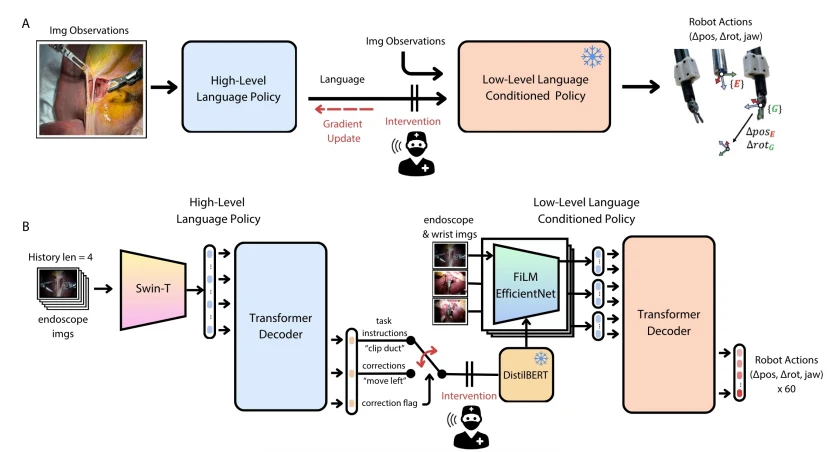
The Significance of Gallbladder Removal
The researchers’ choice to select laparoscopic cholecystectomy (gallbladder removal) for the experiment was a deliberate decision. Removing the gallbladder involves cutting around complex, variable soft tissue structures near critical anatomy, such as the liver and bile ducts, through a sequence of interdependent tasks. These tasks include careful dissection, precise clipping of the cystic duct and artery before cutting them, and freeing the gallbladder from its liver bed.
Even minor mistakes can lead to bile leaks or bleeding. Hence, the successful completion of this procedure by autonomous AI demonstrates a capability that is far beyond simpler, repetitive surgical tasks, such as suturing or bone cutting, which these systems have mastered in the past.
Robotics systems have been utilised in surgery for several years. But so far, they have required environments that were highly controlled. This is the first time an entirely autonomous surgical system has performed so well in the complex, unpredictable world of surgery.
However, SRT-H hasn’t been constructed to be an entirely independent or completely replace surgeons. The idea is still to have it as a collaboration. To this effect, the system was given instructions such as “move the left arm a bit to the left” or requests to use particular tools, spoken by the surgeons’ voices. These were understood and acted upon by the system, demonstrating an interactive capability that is crucial for collaboration during surgery.
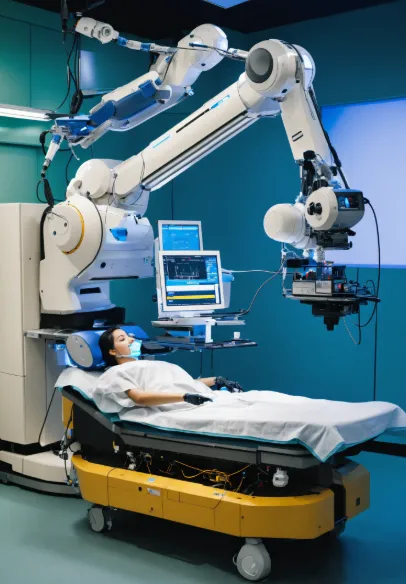
The Real Test – Living Patients & The Future
Despite its successes, it is not that you’ll have robots performing surgery autonomously tomorrow. This is merely the first step, and fully autonomous surgery on human beings is still years away for various reasons. First, actual surgery is a dynamic process. It is one thing to perform surgery on a dead pig cadaver and another on a patient who’s breathing, whose heart’s beating, and whose pulses are flowing with blood.
Even experienced surgeons struggle with bleeding on the operating table. We’ll obviously have higher standards for an autonomous robot. Then there is the ability to deal with unexpected events or complications, which could be different for a robot, like what if some kind of fluid obscures the camera’s lens. And let’s not forget that most of us will be uncomfortable with an AI doing autonomous surgery on us without human oversight.
Dr. Santosham, a champion of robot-assisted surgeries, offers perspective: “With AI robots, human surgeons will not lose their roles. Instead, surgeons with AI knowledge will become the leaders in the field and have an advantage over those who don’t know. AI replacing surgeons is far away – if at all. But surgeons adopting AI is the future.” When asked if autonomous robots could ever perform surgery, he reflects: “What will be in the future, we can’t imagine like no one thought we could fly. So autonomous robots performing surgery will take time, but we can imagine it happening.”
Hence, the future is more collaborative, rather than fully autonomous. And the future is right here because this comes amidst a global surge in the use of surgical robots. The UK’s NHS has announced ambitious plans to increase robot-assisted procedures from 70,000 to 500,000 annually by 2035, aiming for robots to assist in 90% of keyhole surgeries. Meta-analyses suggest that AI-assisted robotic surgery already offers tangible benefits, including a 25% reduction in operative time, a 30% decrease in intraoperative complications, and a 15% shorter recovery period compared to manual techniques.
The goal, hence, is not to replace surgeons, but to augment them while addressing surgeon shortage, reducing human error associated with fatigue, and democratising access to high-precision surgical techniques.
What hasn’t changed much in India from the 1990s to now is the acute shortage of doctors and surgeons, especially those with specialised skills. Robotic AI surgeons can help address that. The goal isn’t to silence the ‘accha haat’ of surgeons, but to amplify their reach. It’s about a child in a remote village receiving life-saving surgery, performed by an AI trained on the world’s best techniques. It’s about making precision surgery universal, not exclusive. The first autonomous cut by an AI robot wasn’t just into tissue; it was a pathway opening into the future.
In case you missed:
- When AI Meets Metal: How the Marriage of AI & Robotics Will Change the World
- Rise of the Robolympics: When R2-D2 Meets Rocky Balboa
- Forget Smart Homes – Welcome to Your ‘Feeling’ Home
- Bots to Robots: Google’s Quest to Give AI a Body (and Maybe a Sense of Humour)
- The Cheaper Than Laptop Robot Revolution: How China’s Unitree Just Redefined Our Future
- The Rise of Personal AI Assistants: Jarvis to ‘Agent Smith’
- Collaboration, Complexity, & Innovation: Understanding Multi-Agent Systems
- Building AGI Not as a Monolith, but as a Federation of Specialised Intelligences
- The Path to AGI is Through AMIs Connected by APIs
- 100x faster AI reasoning with fewer parameters: New model threatens to change AI forever
